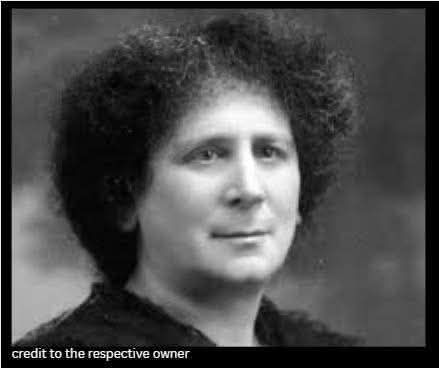In the 19th century, when women were expected to serve tea rather than solve equations, Hertha Ayrton dared to ask the questions no one thought a woman should ask. Born Phoebe Sarah Marks in 1854 to a working-class Jewish family, she grew up brilliant, curious, and stubborn in all the best ways.
She didn’t just study science—she claimed it.
Hertha designed her first invention, a line divider to help artists and architects draw with precision. It was so clever that it caught the attention of professionals across Europe. But that was only the beginning.
Her real breakthrough came when she focused on a problem that puzzled even the brightest physicists of her time: the instability of the electric arc, an early form of artificial lighting. That flickering, hissing blue light? It wasn’t magic—it was science. And Hertha solved it.
She developed what would become known as the Ayrton equation, explaining how arc length, voltage, and air pressure affected the light. Not only did she publish under her own name—a bold act at the time—but she also lectured on her work at the Royal Society of London, an institution that didn’t allow women to be members.
When institutions tried to push her to the sidelines, she pushed back—not just for herself, but for all women excluded from laboratories, lecture halls, and credit pages. She worked with the suffrage movement, championed education, and never stopped inventing.
Hertha Ayrton didn’t wait for permission.
She built her own seat at the table and made space for all who would come after her.
